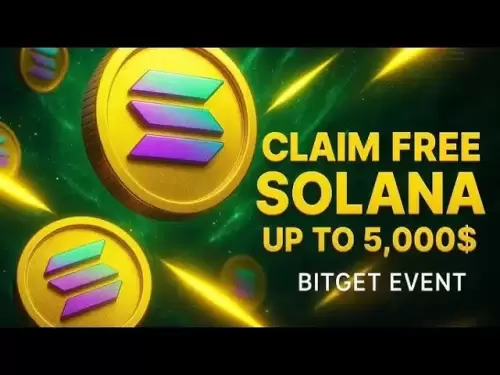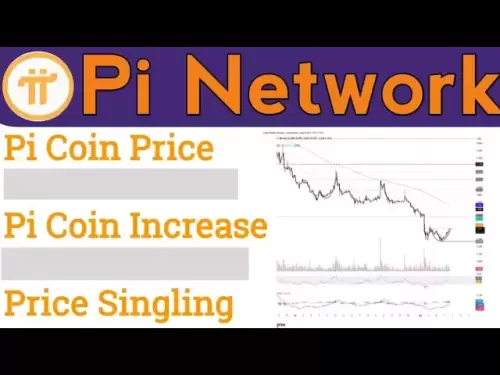-
 Bitcoin
Bitcoin $118300
1.01% -
 Ethereum
Ethereum $4215
0.69% -
 XRP
XRP $3.198
-3.83% -
 Tether USDt
Tether USDt $1.000
-0.01% -
 BNB
BNB $803.4
-0.53% -
 Solana
Solana $180.3
-0.67% -
 USDC
USDC $0.9998
-0.01% -
 Dogecoin
Dogecoin $0.2334
-1.49% -
 TRON
TRON $0.3394
0.86% -
 Cardano
Cardano $0.7980
-1.45% -
 Chainlink
Chainlink $22.19
6.65% -
 Hyperliquid
Hyperliquid $43.41
0.13% -
 Stellar
Stellar $0.4407
-3.13% -
 Sui
Sui $3.843
-2.24% -
 Bitcoin Cash
Bitcoin Cash $564.7
-3.74% -
 Hedera
Hedera $0.2588
-3.41% -
 Ethena USDe
Ethena USDe $1.001
0.00% -
 Avalanche
Avalanche $23.64
-3.37% -
 Litecoin
Litecoin $120.0
-4.01% -
 Toncoin
Toncoin $3.342
-1.11% -
 UNUS SED LEO
UNUS SED LEO $9.038
0.60% -
 Shiba Inu
Shiba Inu $0.00001347
-0.81% -
 Uniswap
Uniswap $10.69
-4.58% -
 Polkadot
Polkadot $4.034
-1.30% -
 Dai
Dai $1.000
0.01% -
 Bitget Token
Bitget Token $4.472
-1.52% -
 Cronos
Cronos $0.1571
-3.04% -
 Pepe
Pepe $0.00001207
-2.21% -
 Monero
Monero $273.8
-3.19% -
 Ethena
Ethena $0.7520
2.75%
Analysis and breakthrough strategies for flag shape, wedge shape, triangle shape
Bullish ascending wedge patterns form when the price consolidates lower within upwardly converging trendlines, indicating a potential breakout above a resistance line.
Feb 25, 2025 at 09:43 pm
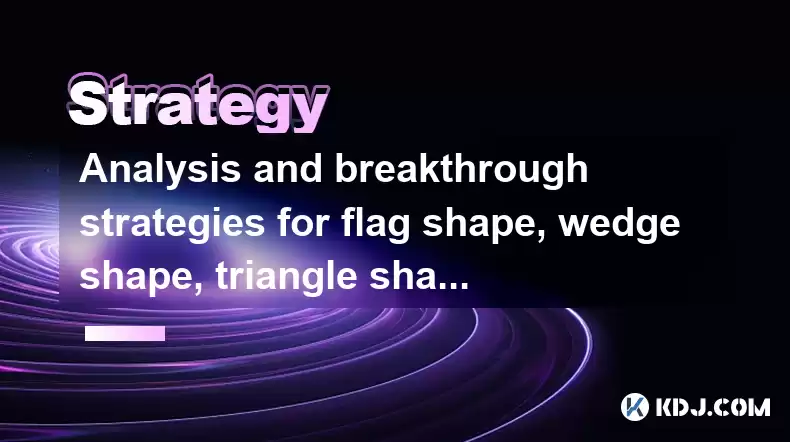
Key Points:
- Identifying Flag, Wedge, and Triangle Chart Patterns
- Understanding the Significance of Flag, Wedge, and Triangle Patterns
- Breakout Strategies for Flag, Wedge, and Triangle Patterns
- Risk Management
Flag Patterns
Flag patterns are characterized by a period of consolidation following a strong move up or down. The consolidation period is represented by two parallel trendlines, with the breakout occurring when the price breaks through either one of the lines.
- Bullish Flag: A bullish flag pattern is formed when the price consolidates below a resistance level after an uptrend. The breakout occurs when the price breaks above the resistance line.
- Bearish Flag: A bearish flag pattern is formed when the price consolidates above a support level after a downtrend. The breakout occurs when the price breaks below the support line.
Wedge Patterns
Wedge patterns are similar to flag patterns, but they have converging trendlines instead of parallel trendlines. Converging trendlines create a more aggressive pattern and indicate a stronger potential breakout.
- Ascending Wedge: A bullish ascending wedge pattern is formed when the price consolidates lower, creating an upward trendline. The breakout occurs when the price breaks above the resistance line.
- Descending Wedge: A descending wedge pattern is formed when the price consolidates higher, forming a downtrend line. The breakout occurs when the price breaks below the support line.
Triangle Patterns
Triangle patterns are formed when the price consolidates within two converging trendlines. Unlike flags and wedges, triangle patterns can be bullish or bearish.
- Ascending Triangle: An ascending triangle pattern is formed when the price consolidates below a horizontal resistance line and an upward-sloping support line. The breakout occurs when the price breaks above the resistance line.
- Descending Triangle: A descending triangle pattern is formed when the price consolidates above a horizontal support line and a downward-sloping resistance line. The breakout occurs when the price breaks below the support line.
- Symmetrical Triangle: A symmetrical triangle pattern is formed when the price consolidates within two converging trendlines that meet at a point. The breakout can occur in either direction.
Breakout Strategies
When identifying a potential breakout, it is important to consider the following steps:
- Confirmation: The breakout confirmation is typically a candle close above (bullish) or below (bearish) the breakout line.
- Target: The target of the breakout is determined by measuring the distance between the highest (bullish) or lowest (bearish) point in the pattern and the breakout line.
- Stop-Loss: The stop-loss for the breakout should be placed below the low (bullish) or above the high (bearish) of the pattern.
Risk Management
Risk management is crucial when trading breakout patterns. The following steps should be considered:
- Risk-Reward Ratio: The risk-reward ratio should be favorable, with the potential profit exceeding the potential loss.
- Position Sizing: The position size should be determined based on the account balance and the risk tolerance.
- Partial Exits: Partial exits can be used to lock in profits or reduce the risk of a significant loss.
FAQs
Q: How do I identify a flag, wedge, or triangle pattern?
A: Look for the following characteristics: a period of consolidation, parallel or converging trendlines, and a breakout when the trendlines are broken.
Q: Which pattern is most bullish?
A: All the patterns can be either bullish or bearish depending on the direction of the prevailing trend.
Q: What is the significance of volume in breakout trades?
A: High volume on the breakout confirms the strength of the move and increases the likelihood of a successful breakout.
Q: How do I manage risk in breakout trading?
A: Use a stop-loss, calculate a favorable risk-reward ratio, and consider partial exits.
Disclaimer:info@kdj.com
The information provided is not trading advice. kdj.com does not assume any responsibility for any investments made based on the information provided in this article. Cryptocurrencies are highly volatile and it is highly recommended that you invest with caution after thorough research!
If you believe that the content used on this website infringes your copyright, please contact us immediately (info@kdj.com) and we will delete it promptly.
- Navigating the Week: Other Days, Days, and Your Schedule
- 2025-08-10 16:30:16
- DALPY's Presale Success Fuels CEX Listing Speculation: What's Next?
- 2025-08-10 16:30:16
- Crypto Gains, Strategy, and Millions: Decoding the Hottest Trends
- 2025-08-10 14:30:12
- Coinbase Dives into DEX Trading: A New Era for US Crypto Users (Except You, New York!)
- 2025-08-10 14:30:12
- Kaspa (KAS) Price Prediction: August 10th's Breakout Watch
- 2025-08-10 14:50:12
- Humanity Protocol Mainnet Launch: A New Era of Crypto Integration?
- 2025-08-10 14:50:12
Related knowledge

How to use stop-loss orders to limit potential losses?
Aug 08,2025 at 02:01pm
Understanding Stop-Loss Orders in Cryptocurrency TradingA stop-loss order is a risk management tool used by traders to automatically sell a cryptocurr...
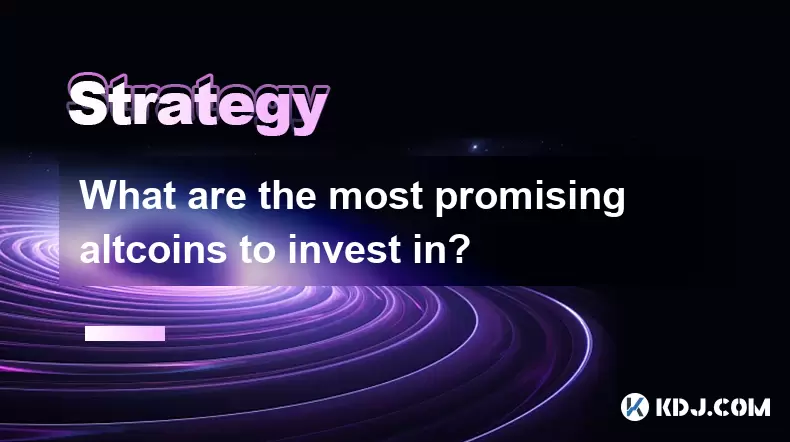
What are the most promising altcoins to invest in?
Aug 10,2025 at 11:42am
Understanding the Role of Private Keys in Cryptocurrency WalletsIn the world of cryptocurrency, private keys are the cornerstone of ownership and cont...

How to read cryptocurrency charts and use technical analysis?
Aug 08,2025 at 11:08am
Understanding the Basics of Cryptocurrency ChartsCryptocurrency charts are graphical representations of price movements over time. These charts are es...

How to do your own research (DYOR) before investing in a crypto project?
Aug 08,2025 at 09:07pm
Understanding the Core Principles of DYOR in CryptocurrencyEngaging in due diligence before investing in any cryptocurrency project is essential to mi...
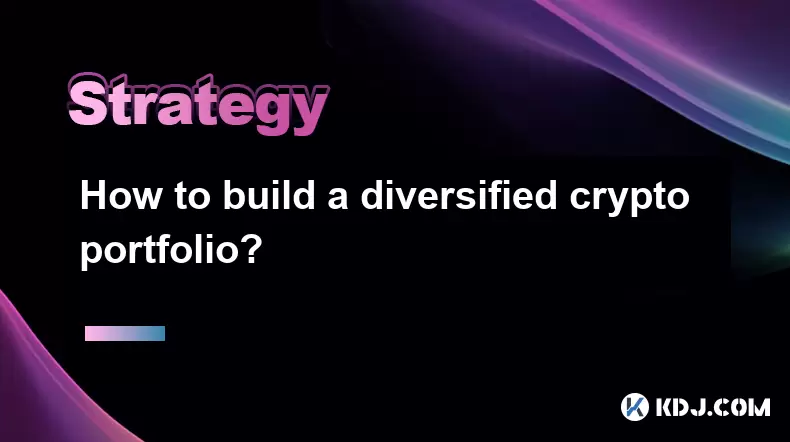
How to build a diversified crypto portfolio?
Aug 09,2025 at 12:21pm
Understanding the Importance of Diversification in CryptoDiversification in the cryptocurrency space is a strategy used to reduce risk by spreading in...

How to avoid common crypto investment mistakes?
Jul 13,2025 at 01:35am
Understanding the Risks of Crypto InvestmentInvesting in cryptocurrency can be highly rewarding, but it also comes with significant risks. One of the ...

How to use stop-loss orders to limit potential losses?
Aug 08,2025 at 02:01pm
Understanding Stop-Loss Orders in Cryptocurrency TradingA stop-loss order is a risk management tool used by traders to automatically sell a cryptocurr...

What are the most promising altcoins to invest in?
Aug 10,2025 at 11:42am
Understanding the Role of Private Keys in Cryptocurrency WalletsIn the world of cryptocurrency, private keys are the cornerstone of ownership and cont...

How to read cryptocurrency charts and use technical analysis?
Aug 08,2025 at 11:08am
Understanding the Basics of Cryptocurrency ChartsCryptocurrency charts are graphical representations of price movements over time. These charts are es...

How to do your own research (DYOR) before investing in a crypto project?
Aug 08,2025 at 09:07pm
Understanding the Core Principles of DYOR in CryptocurrencyEngaging in due diligence before investing in any cryptocurrency project is essential to mi...

How to build a diversified crypto portfolio?
Aug 09,2025 at 12:21pm
Understanding the Importance of Diversification in CryptoDiversification in the cryptocurrency space is a strategy used to reduce risk by spreading in...

How to avoid common crypto investment mistakes?
Jul 13,2025 at 01:35am
Understanding the Risks of Crypto InvestmentInvesting in cryptocurrency can be highly rewarding, but it also comes with significant risks. One of the ...
See all articles
























